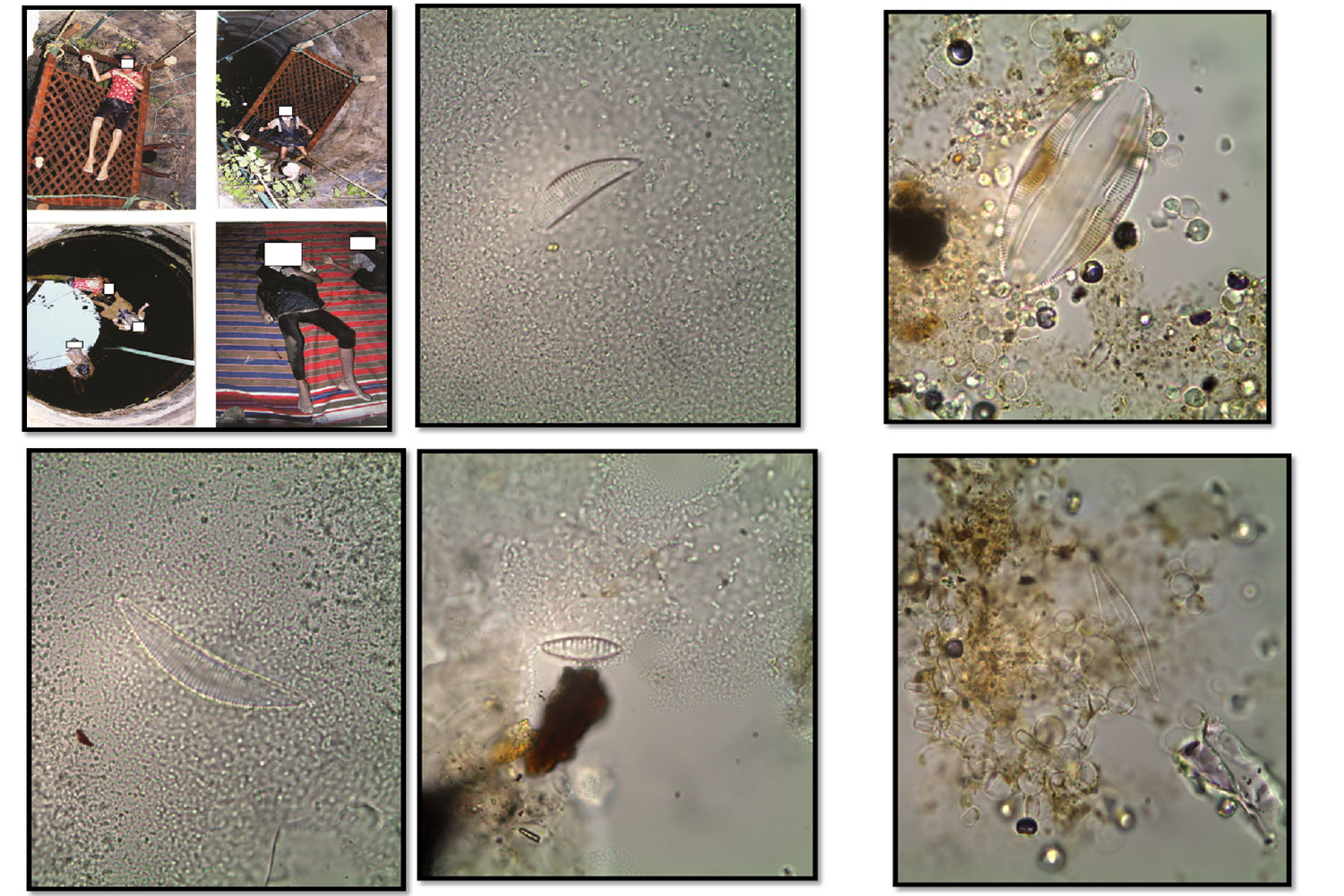2376-0249
Case Blog - International Journal of Clinical & Medical Images (2014) Volume 1, Issue 4

Author(s): Int J Clin Med Imaging 2014
Diatom has yet again proved to be the only golden standard in death due to drowning cases. Diatom a silicaceous walled unicellular microorganism which like plants can photosynthesize is found in all the open water bodies which have all the essential micro and macro nutrients essential for their growth besides sun’s energy. The reason why diatoms are difficult to be found in underground water pipes, closed water tanks, drinking water in our municipal water supplies and filtered water is that diatoms cannot survive without light. The typical feature of diatoms which makes it forensically important is that their hard silica wall which is acid resistant and when the biological sample favorably femur bone from the drowned victim is taken for diatom examination using concentrated nitric acid, all the planktons engulfed from water in drowning cases are destroyed except diatoms because of their wall made up of hard silica. In one of the cases in Maharashtra, India sudden death of three minor sisters with their bodies found in a well of a village (Panel A) created hue and cry in the whole nation suspecting it to be a case of rape and murder as opined by the doctors in a local government hospital, later when the DNA reports came negative on repetitive analysis performed by the state forensic laboratory of Maharashtra, it created a suspicion whether it was really a case of rape. The case was reexamined by head of forensic medicine AIIMS who opined that there was no visual sign of rape, the blood from the victims vagina and rectum was because the bodies were recovered 48 hours after death and by this time decomposition, putrefaction and bloating had already started, the medical doctors who earlier had given their opinion of rape and murder confessed that they are not forensic medicine doctors and were under legal pressure to perform autopsy immediately. The case was further referred to State Forensic Science Laboratory, Haryana, India for diatom test. The diatom test came positive for all the three minor victims and diatoms found were similar (Panel B, C, and D) to that found in the water sample (Panel E and F) collected from where the dead body was recovered.
 Awards Nomination
Awards Nomination

